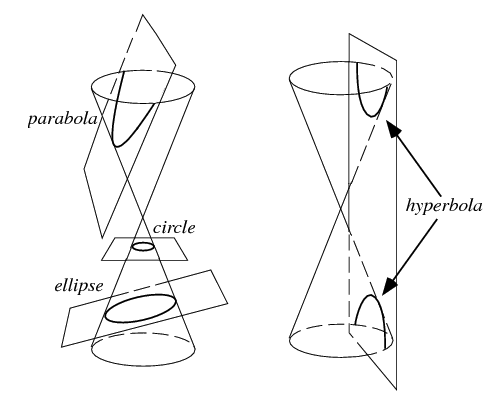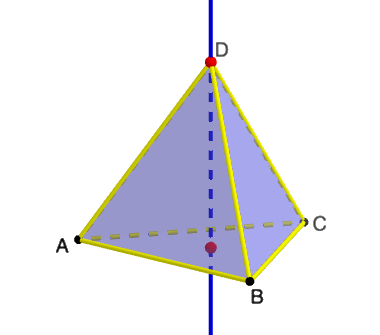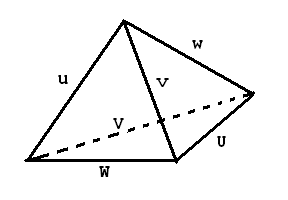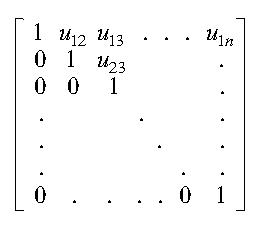The first Sylow theorem says p-Sylow subgroups always exist. 2/n
What is the size of this group? 11/n
(p^n-1)(p^n-p)(p^n-p^2)...(p^n-p^{n-1}).
The biggest power of p dividing this number is
p^{1+2+...+(n-2)+(n-1)}=p^{n(n-1)/2},
so a p-Sylow of G should have size p^{n(n-1}/2}. 13/n
But what does this mean geometrically? 15/n
(p^n-1)/(p-1) = 1+p+...+p^{n-1}
choices. 19/n
(p^n-1)(p^{n-1}-1)...(p^2-1)/(p-1)^{n-1}=
(1+p+...+p^{n-1})(1+p+...+p^{n-2})...(1+p).
20/n
Now we can write P^{n-1}=pt ∪ C^1 ∪ C^2 ∪ ... ∪ C^{n-1}, so a (non-trivial!) inductive argument shows that Fl_n is a union of copies of C^m. 28/n
(1+L+...+L^{n-1})(1+L+...+L^{n-2})...(1+L).
29/n
Doing this argument in algebraic geometry (rather than complex analytically) implies the third Sylow theorem for GL_n(F_p) for all p. 30/n






